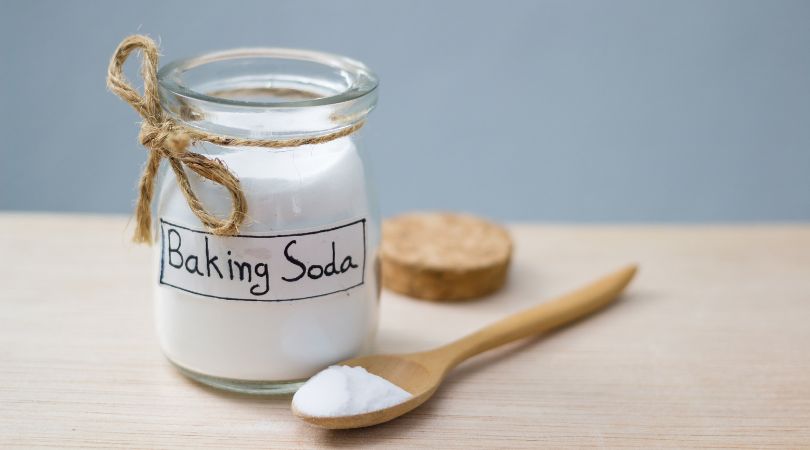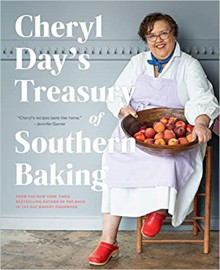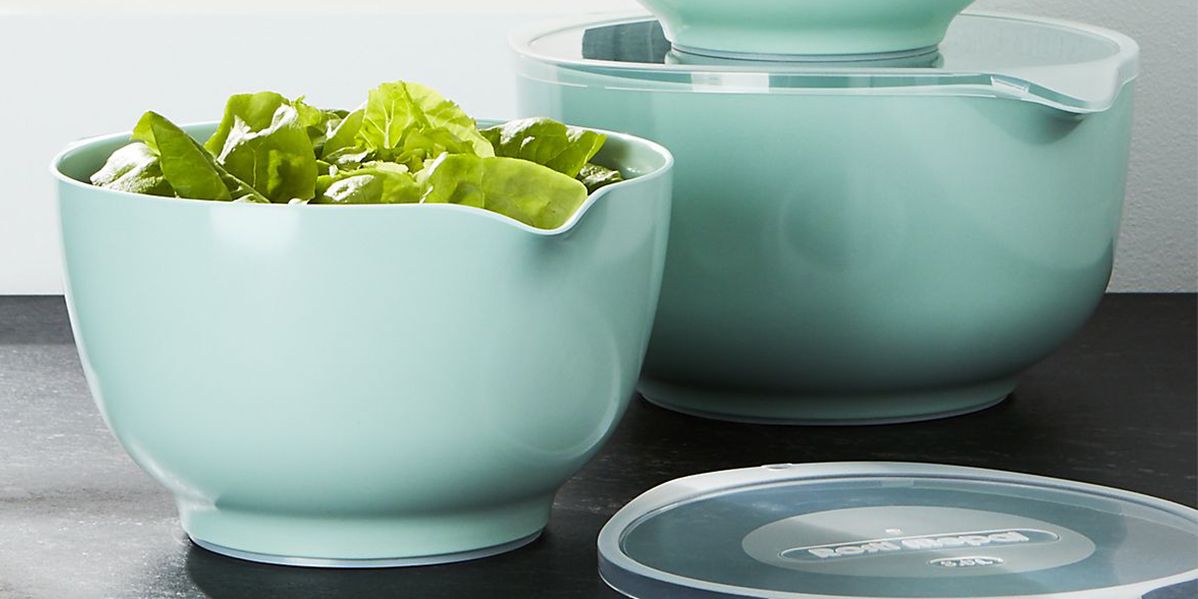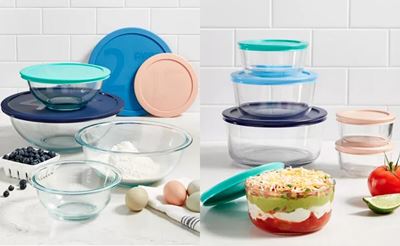
Regarding eco-friendly carpet cleaning, baking soda is the best ingredient you can rely on. It is safe even in homes with kids or pets, as baking soda is non-aggressive and chemical-free. If you want to improve your carpet maintenance by making it healthier, here is how to employ baking soda in your cleaning routine:
- Remove greasy stains – tough to tackle greasy stains can be banished with baking soda thanks to its great absorbing qualities. Start the cleaning procedure by vacuuming the carpet to collect excess dirt, then try to remove as much of the spill as possible with paper towels. Never rub or scrub the stain, as you risk spreading it further. Instead, gently blot with paper towels and, after that, sprinkle baking soda on the surface. Make sure the affected area of the carpet is well-covered with baking soda. To make the most of the treatment, let the ingredient sit on the stained area for at least 12 hours, even overnight. On the following day, vacuum clean again to collect residue and check if any signs of staining still show off. If you are dealing with a highly persistent mess, try mixing baking soda with a bit of liquid dish soap and cover the stain with your DIY cleaning remedy. Let it sit for a few hours, then rinse with water and dry. Vacuum clean to remove baking soda residue.
- Remove non-greasy stains – even though non-greasy spills on the carpet tend to be less stubborn, you can take advantage of the excellent cleaning potential of baking soda. Again, vacuum clean the carpet to prevent grime from interfering with the treatment. Next, sprinkle a generous amount of baking soda on the carpet, followed by a spritz of hot water. Allow the paste-like mixture to sit on the carpet for as long as possible and vacuum clean. Add a little liquid dish soap to the cleaning solution if you prefer. In this case, rinse the carpet before vacuuming to remove soapy residue. Let the carpet dry completely before you use it again.
- Remove unwanted odours – one of the most significant disadvantages carpets have is their ability to trap unpleasant smells that ruin the interior of your place. However, you can refresh the carpet naturally and eliminate trapped odours using only baking soda. Start by thoroughly vacuum cleaning the entire carpet to eliminate dust and dirt. Then sprinkle baking soda all over the carpet and work the ingredient into the fibres with a clean brush. Like the other baking soda cleaning methods, you will have to wait for at least 12 hours before the element does its magic. Allow the carpet to stay covered with baking soda for as long as possible, and then vacuum clean. While vacuuming, remember to make a couple of passes on the carpet, approaching the surface from a different angle, to collect all the baking soda residue.
- Remove moisture – if your floors are carpeted, you should be well aware that your precious carpet doesn’t tolerate moisture, and high humidity levels can lead to mould and mildew growing under the carpet. Even the most innocent spill can damage the carpet, but you can keep your floors safe with baking soda. Whenever a spill occurs, grab paper towels or a clean white towel to collect excess liquid, then sprinkle a sufficient amount of baking soda on the affected area of the carpet. As usual, allow the ingredient to sit for as long as possible and vacuum clean. Any liquid spilt on the carpet can be successfully treated with baking soda; even nasty pet urine stains will be eliminated when addressed with the proper baking soda treatment.
Few ingredients offer better cleaning qualities than baking soda. Utilise the eco-friendly ingredient in your carpet cleaning routine to tackle all carpet issues safely.

 Log in with Facebook
Log in with Facebook 









